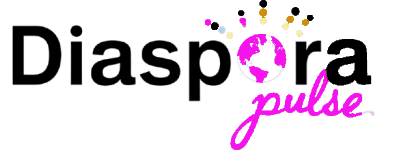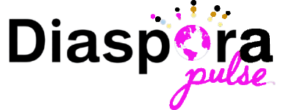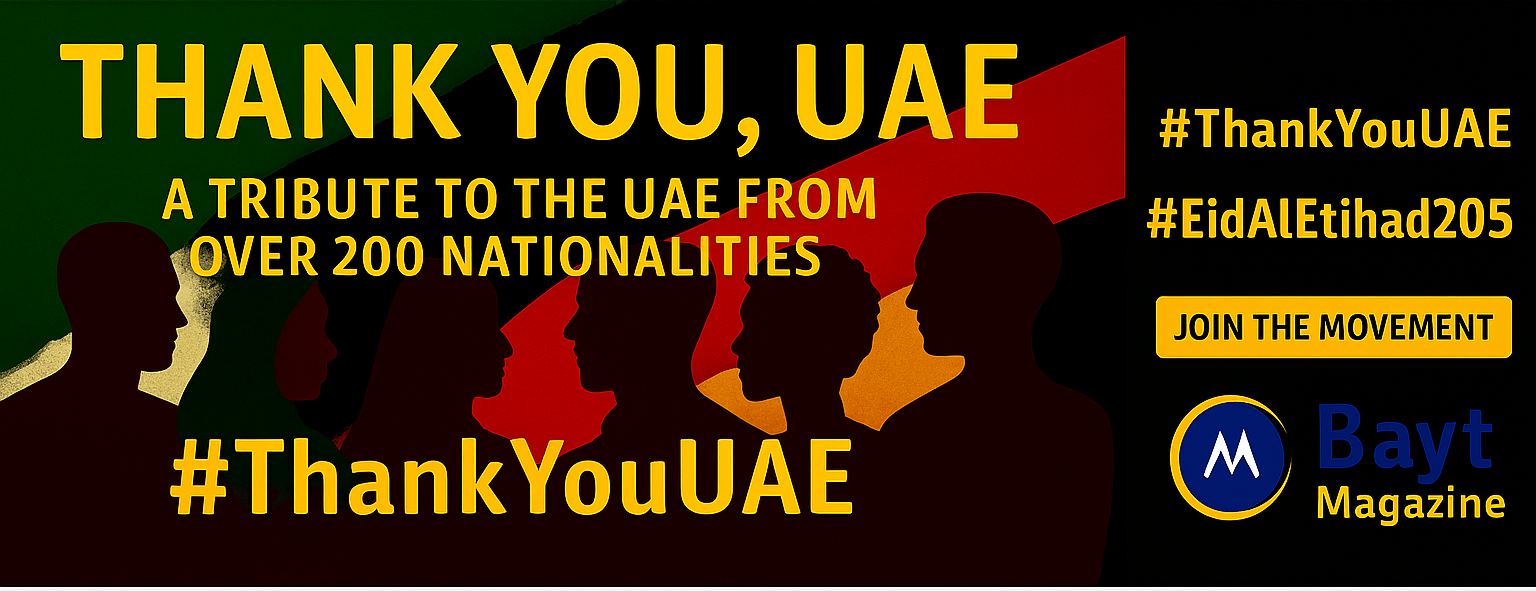Political groups have always used folklore to support their causes and rally people behind them. Revolutionary movements across Europe and social media platforms show how folklore shapes political narratives and people’s understanding of identity politics today.
New research about political folklore shows its growing effects in the digital world. A study with 20 activists revealed how unofficial stories help people direct their political journey on social media. These stories often strengthen their identity through collective feelings of resentment and frustration. Modern folklore stories create a clear divide between “the pure people” and “the corrupt elite” that mirrors age-old storytelling patterns.
This piece shows folklore’s journey from ancient stories to today’s political conversations. It highlights how folklore shapes identity, drives national movements, and builds digital-age political communities.
The Origins of Political Folklore
The connection between folklore and political power existed long before modern institutions emerged, with deep roots in humanity’s earliest social groups. Shared narratives have shaped collective identities and political structures throughout history. These narratives are the foundations of what we now call modern identity politics.
Ancient tribal identity through shared stories
Human societies have used oral stories to make sense of their existence since the beginning of time. These stories passed cultural values, norms, and beliefs from generation to generation. Stories held special meaning for indigenous peoples. They contained not just historical records but defined tribal identities. A scholar explained this perfectly: “For Indigenous people, stories are an integral part of our tribal identities. Stories carry within them not only our history, but also the very cosmological essence of our ways of knowing and being”.
Tribal societies were nowhere near uniform. They ranged from hierarchical, warrior-focused groups to peaceful, equal communities. In spite of that, stories in these different arrangements created social bonds that set behavioral standards and strengthened shared values. Stories also helped pass down community knowledge and traditions.
Religious narratives as early political tools
Religious stories and political authority grew together as human civilization developed. Ancient Egyptian pharaohs were seen as gods, and religious myths made their rule sacred. This mix of spiritual and worldly power became a strong political tool. Anyone who questioned the ruler also questioned the gods.
Religious leaders claimed their authority through ideas like divine right of kings, Mandate of Heaven, and sacred kingship. These concepts helped them stay in power. Rulers linked themselves to legendary or mythological figures to gain prestige and divine approval. To cite an instance, English monarchs used King Arthur’s legendary family tree to prove they had the right to rule.
Folklore during medieval power structures
Medieval folklore, created between the 5th and 15th centuries in Europe, played a vital role in keeping power structures intact. People first shared these stories by word of mouth before writing them down. This allowed the stories to change with shifting political needs.
Legends became powerful tools to make rule and authority seem legitimate during this period. Leaders used these stories as propaganda during wars and peace talks. The Song of Roland did more than tell a story – it motivated Christian forces during the Crusades by connecting their fights to legendary battles.
The medieval world also created unique mythical frameworks about how human institutions should work in a Christian setting. Political leaders shaped these stories to make their authority seem right, inspire their people, and influence how society viewed them.
Folklore in Nation-Building Movements
The 19th century brought a radical change in how folklore shaped political identity. Nations began to think about ways to use folk traditions that would create a shared consciousness. This marked a significant rise in folklore’s political value as it moved from local customs to organized national stories.
The Romantic era and folklore revival
The Romantic movement changed how people saw folklore’s political importance. It elevated folk traditions from mere curiosities to cultural treasures. Romanticism emphasized emotion, individualism, and glorified the past. It showed folklore as the true expression of national character. The Brothers Grimm showed this approach perfectly. They collected German fairy tales and changed their content to make them more German. They replaced “fairies” with “enchantresses” and “princes” with “king’s sons.” They also removed elements that seemed French. People believed that pure folklore preserved a nation’s true nature through thousands of years.
Creating national heroes and myths
National myths became powerful tools that helped build nations. These stories affirmed shared values and inspired people. Foundation myths usually featured independence wars or fights against colonialism. They helped create national identities by highlighting differences between groups. The idea of “national epics” emerged at this time. These were legendary works with deep mythological elements that defined national identity. Some examples include finding “Beowulf” for Anglo-Saxons and the new meaning the Iliad gained during Greece’s fight for independence. These stories helped different communities unite through their shared cultural heritage.
Folklore as resistance against colonialism
Folklore became a vital tool of resistance in colonial settings. It helped marginalized communities keep their cultural identities and challenge dominant narratives. Indigenous peoples used folklore to state their grievances and claim sovereignty. Yes, it is true that suppressing indigenous imagination was central to colonial projects. Native peoples had to use their artistic traditions as weapons of resistance. Folk traditions then gave people hidden ways to express dissent. Traditional stories evolved to criticize authority while preserving cultural continuity. Modern postcolonial literature weaves folk tales with current narratives. This helps displaced communities heal and preserve their identity.
Transformation of Folklore in Modern Politics
The rise of folklore from traditional storytelling to modern political discourse shows a major change in how societies pass down cultural narratives. Technology and political systems have progressed, and folklore has adapted. It has become a sophisticated tool for identity politics on media platforms of all types.
From oral traditions to mass media
Folklore started as stories passed down by word of mouth but went through deep changes with writing and mass media. Storytellers in oral traditions added their own interpretations that built up to create important changes over time. This progress picked up speed with new technology. The printing press made literature available to everyone, not just the elite, which led to new literary forms. Radio, television, and film became powerful ways to share and reimagine folklore. These media brought traditional tales to audiences worldwide while adding modern touches. This transformation changed how political stories spread and gained credibility. Politicians became modern storytellers who moved between reality and myth.
Political symbols derived from folklore
Political movements often use folkloric symbols to create powerful shortcuts for complex ideas. These symbols make political structures easier to understand and connect institutions and beliefs with emotions. Some key examples include:
- The elephant and donkey as representations of the Republican and Democratic parties in America, popularized by cartoonist Thomas Nast in the 1870s
- The raised fist symbol, which moved from labor movements to anti-fascist, anti-colonial, and various liberation movements
- Greek mythological symbols in political discourse, with Odysseus representing strategic navigation of challenges, and the “Trojan horse” signifying hidden legislative risks
These mythological elements shape how people communicate and think, which gives politicians a dramatic advantage in building identity.
Adapting ancient narratives for contemporary issues
Modern political movements cleverly adapt traditional stories to tackle today’s problems. These adaptations work like mirrors that reflect current debates through ancient wisdom. They make timeless lessons relevant to modern audiences by giving classical themes new context. Stories now weave environmental concerns into tales of natural disasters that represent ecological crises. Class struggles appear through modern economic situations applied to ancient power dynamics. This change shows how folklore keeps growing and changing with the times, values, and points of view while keeping strong emotional ties to tradition.
Digital Age Political Folklore
Digital spaces use collective sense-making practices as folklore to help users direct themselves through complex political situations. Traditional folklore passes down through generations. However, digital political folklore spreads globally within hours or minutes.
Memes as modern folklore carriers
Memes serve as powerful tools for political expression. They act as “units of popular culture circulated, imitated, and transformed by Internet users, creating shared cultural experiences”. Richard Dawkins created the term “meme” before the internet to describe cultural units that spread between minds like genes. Today’s digital memes turn complex political ideas into emotional, easy-to-understand messages. These combinations of visuals and text build stories that frame events and create clear heroes and villains. Studies show that sharing political memes isn’t just for people with extreme views. Political moderates and people both interested and uninterested in politics share these expressions.
Social media and the spread of political narratives
Social media’s algorithm structure has altered how political stories spread. The numbers tell an interesting story – 98% of UN member states now have official social media accounts with over 620 million followers. Digital tech has broken down traditional one-way broadcast systems. A “many-to-many” communication model has taken their place. Social media removes the line between content creators and audiences. The platforms need users to make and share content actively. This setup makes information flow more democratic. Yet it can twist narratives through algorithms that prefer shocking, emotional content over balanced points of view.
Platform-specific political communities
Each social platform grows its own unique political folklore system. “Platform folklore” means the shared knowledge that communities spread to help users understand their experiences. These shared beliefs affect user behavior more than the actual algorithms. Political groups create shared stories about how platforms work that match their ideological views. Right-wing activists often see content moderation as political targeting. This builds group identity through feeling like victims. Half of U.S. adults now get their news from social media. Yet nearly two-thirds think these platforms hurt democracy. This contradiction shows the complex relationship between digital folklore and modern political identity.
Political folklore shows evidence of humanity’s deep need to share stories that shape our collective identity. These stories have progressed from tribal tales and religious myths to powerful digital narratives that now fuel modern political discussions.
People now gather on social media platforms like modern village squares. Political folklore spreads and changes here at unprecedented speeds. The medium looks different today, yet its core purpose hasn’t changed – communities still need shared stories and symbols to understand their political reality.
Modern political movements still embrace traditional folkloric elements, just in updated forms. Memes work as today’s parables, while online communities create their own myths about power, persecution, and resistance. These digital stories carry the same significance as ancient tales once did and shape how people think and act.
Anyone who wants to grasp modern political dynamics must understand political folklore’s progress. New technology and communication methods will emerge, yet political narratives will adapt while remaining crucial to how we build identity and community.






